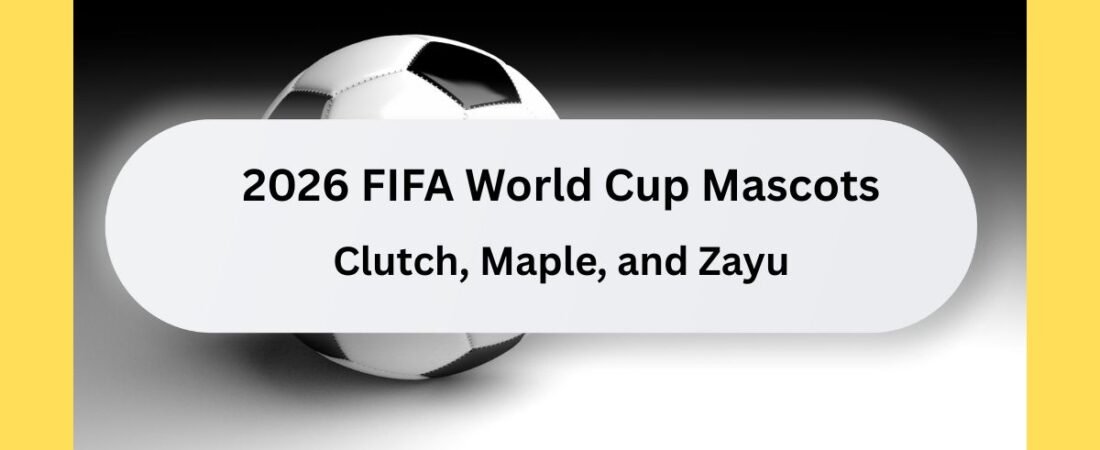The 2026 FIFA World Cup has taken another exciting step forward with the unveiling of its official mascots: Clutch the eagle, Maple the moose, and Zayu the jaguar. Representing the three host nations—the United States, Canada, and Mexico—these mascots symbolize the spirit of unity, culture, and passion that the tournament brings to fans worldwide.

Symbolism of the Mascots
Each mascot carries a deep cultural significance tied to its host nation:
- Maple the Moose (Canada)
Maple embodies the welcoming and adventurous nature of Canada. Designed to travel across provinces and territories, Maple unites communities while reflecting the nation’s diversity and cultural pride. Serving as a goalkeeper, Maple represents strength, protection, and inclusivity. - Zayu the Jaguar (Mexico)
Zayu represents Mexico’s vibrant traditions, heritage, and creativity. Emerging from the southern forests, this mascot highlights Mexican culture through dance, cuisine, and celebrations. On the pitch, Zayu takes the role of a forward, known for agility, flair, and a relentless drive to score. - Clutch the Eagle (United States)
Clutch reflects curiosity, optimism, and the spirit of embracing cultures from across the globe. Eagles have long been a national symbol of the U.S., representing vision and power. Clutch acts as a midfielder, connecting the team with energy, determination, and leadership.
Unity Through Diversity
Together, Clutch, Maple, and Zayu are more than mascots—they are a trio of ambassadors that symbolize the unity and diversity of the 2026 FIFA World Cup. Their combined presence echoes the message that football is not just about competition, but also about building bridges between nations, cultures, and people.
The mascots’ design and storytelling highlight the values of inclusivity, cultural exchange, and passion for the game, making them relatable to fans of all ages.
Mascots as Players
FIFA’s innovative approach gives each mascot a role on the field:
| Mascot | Role on the Pitch | Traits Highlighted |
|---|---|---|
| Maple | Goalkeeper | Strength, protection, unity |
| Zayu | Forward | Creativity, agility, culture |
| Clutch | Midfielder | Connection, optimism, vision |
This gamified aspect allows fans to see mascots not only as symbolic figures but also as part of the footballing experience, bringing the tournament closer to younger audiences and enhancing engagement across digital platforms.
Tournament Context
The 2026 FIFA World Cup will be historic for several reasons:
- It will be co-hosted by three nations for the first time.
- The tournament expands to 48 teams, resulting in 104 matches.
- The opening match is scheduled for June 11, 2026, at Estadio Azteca in Mexico City.
- The final will be played at MetLife Stadium in New Jersey on July 19, 2026.
- For the first time, fans will witness a halftime show during the final, blending football with entertainment on a global scale.
Conclusion
The unveiling of Clutch, Maple, and Zayu marks an important milestone on the road to the 2026 FIFA World Cup. These mascots are more than colorful characters—they are symbols of unity, cultural pride, and the joy of football. By reflecting the unique identities of the United States, Canada, and Mexico, the trio ensures that fans everywhere feel connected to the world’s most celebrated sporting event.
As the countdown continues, the mascots will play a vital role in engaging supporters, promoting cultural exchange, and showcasing the true spirit of the beautiful game.
